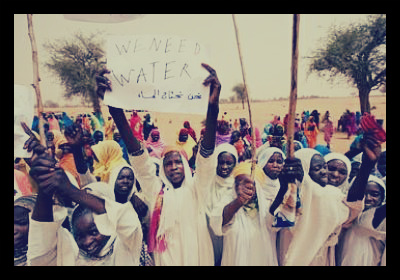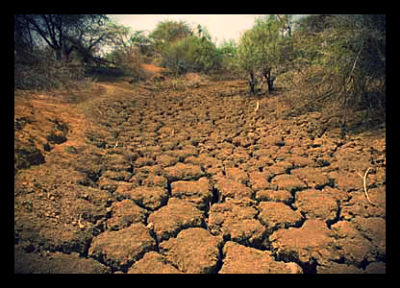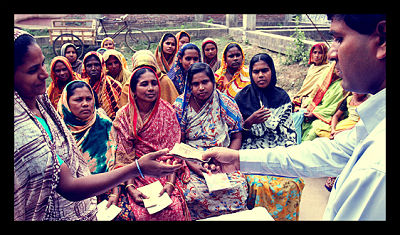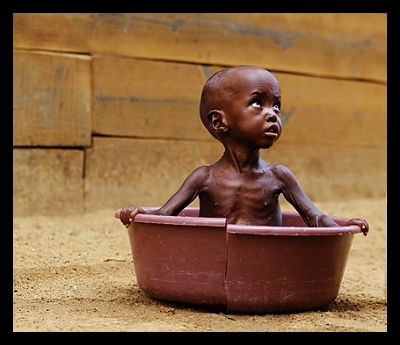
The pressure is on for North Korea to surpass previous years of famine and intolerably high death tolls, possibly nearing hundreds of thousands lives lost. The threat of famine imminent throughout the nation, Kim Jong Un proclaimed a prosperous farming season, claiming North Koreans will, “never have to tighten its belt again,” with the hopes of inspiring farmers to excel.
The question still lies in every mind, how can an isolated, autocratic state find success when they refuse aid from every inquiry that comes their way? Compared to last year, North Korea is expected to produce three million tons less grains, paving the way for a lower crop season overall.
North Korea, no matter how hidden and secretive they attempt to be, still releases information to the world, even though it may be altered. Kim believes that his country can provide for itself and be a successful self-sustainable farming example. In reality, farmers struggle to get past the memories of the death and hunger that rampaged through the country in the 1990s.
In that time, farming was made up of innovative farming technology that quickly lead to the fuel and equipment shortages that created long-term damage. The policies put in place at the time did not account for over usage, allowing farmers to abuse the system and ultimately plow themselves into the ground, hungry and poor.
There are some instances in North Korea that point to signs of smart farming and success, given the example of Rim Ok Hua, whose farm received special recognition from the late leader, Kim Jong Il. This acknowledgement has gifted Rim’s farm with access to the top tier materials to maintain a vast and growing farm. Rim is one of few farmers that do not worry about their own lives when the farming season comes, compared to poorer provinces where farmers dread the harvests.
Forced to do so by hand and alone in the fields or behind starving livestock such as oxen, smaller farmers struggle to not only maintain themselves, but to serve the country as well. One of the common issues a modern farmer faces is that the, “soil fertility in many areas was trashed by decades of overuse of chemical fertilizers, up to the late 1980s,” causing current crops to suffer.
Among these physical issues lie the issues that cannot be seen, only felt by the people. North Korea’s strict regime includes, “state-controlled distribution, top-down planning and a quota system that doesn’t fully encourage innovation and individual effort. All these factors make North Korea’s agricultural sector a very fragile ecosystem,” forcing farmers to quietly suffer economically as well. With so many devices to control the farms, workers see little revenue and whatever they make immediately goes back to the state. This ultimately creates a cycle of poverty within the workforce, with the farm having barely enough to get by for the rest of the year.
Not all hope is lost though. Since the 90’s disaster that left so many suffering, there have been noticeable improvements that will hopefully allow for a more stable farming future. The total crop production is expected to rise five percent from 2013 to 2014, equating to about six million tons according to the U.N. Food and Agriculture Organization and World Food Programme.
North Korean farmers enter this farming season with a small sense of hope that the crops will yield the product necessary to survive, otherwise they may all be looking at a dim revisiting to the famine that threatened them years ago.
– Elena Lopez
Sources: Big Story, The Diplomat, Global Meat News
Photo: Telegraph







 Colm Tóibín and Diarmaid Ferriter are Irish writers and historians. The first part of their 2004 book The Irish Famine written by Tóibín, is an essay outlining the historiography of the Great Famine, which plagued Ireland for seven years between 1845 and 1852. According to Tóibín, the famine is a historical event that has been manipulated by Irish and American historians for political ends from the late 19th century to the present. Tóibín speaks for both himself and Ferriter when he states: “Our own prejudices, mine and Diarmaid Ferriter’s, should be very clear: we both recognize that no narrative now seems capable of combining the sheer scale of the tragedy in all its emotion and catastrophe, the complex society which surrounded it and the high politics which governed it.”
Colm Tóibín and Diarmaid Ferriter are Irish writers and historians. The first part of their 2004 book The Irish Famine written by Tóibín, is an essay outlining the historiography of the Great Famine, which plagued Ireland for seven years between 1845 and 1852. According to Tóibín, the famine is a historical event that has been manipulated by Irish and American historians for political ends from the late 19th century to the present. Tóibín speaks for both himself and Ferriter when he states: “Our own prejudices, mine and Diarmaid Ferriter’s, should be very clear: we both recognize that no narrative now seems capable of combining the sheer scale of the tragedy in all its emotion and catastrophe, the complex society which surrounded it and the high politics which governed it.”